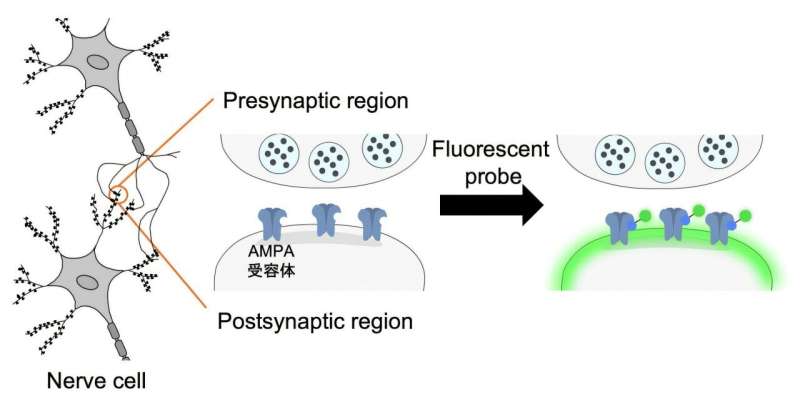By simply “sprinkling” this probe on top, active synapses will visibly light up so that researchers can clearly observe how living brain cells communicate—all within 10 seconds. This research gives us a new way to see when, where, and how memory is formed in the brain as well as the basis for learning.
Brain cells communicate by releasing neurotransmitters at information relay points called synapses. Some synapses are strong, meaning signals pass through easily. Other synapses are weak, therefore signals are harder to send. This strength depends on how much neurotransmitter is released, how sensitive the receptors are, and how the receiving cell responds. However, this strength is not permanently set in stone.
Our brains can change via synaptic plasticity as we learn new things. For example, practicing a new language every day could make certain synapses stronger. You also may have heard that young children have high brain plasticity in general, which is why they can pick up a second language much more quickly than an adult.

